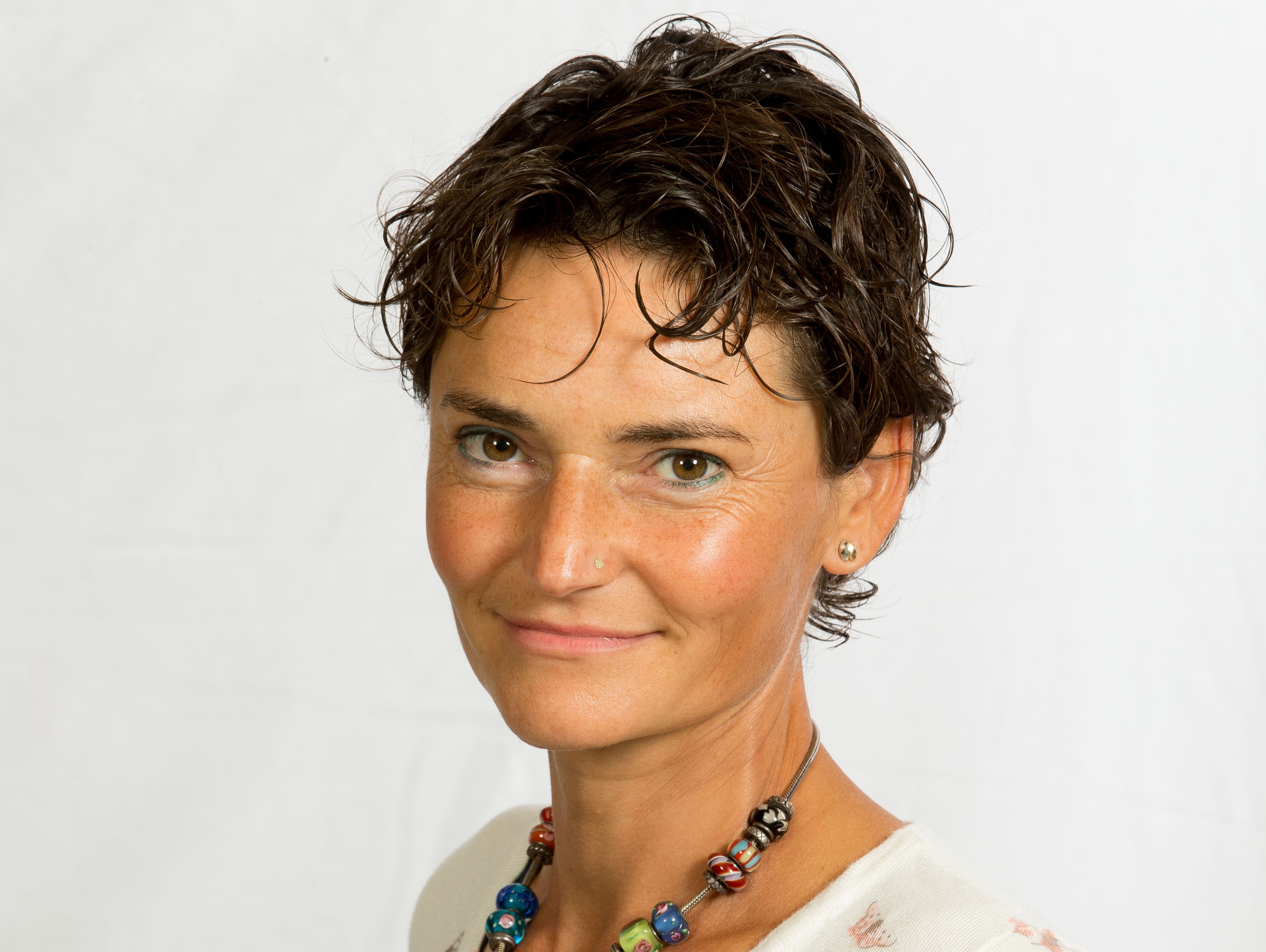
The food sector is certainly dynamic. You can’t stand still, even if you want to: regulatory and legislative changes force you to stay up to date.
State Secretary Dijksma from the Ministry of Economic Affairs and Edith Schippers, the Dutch Minister of Health, Welfare and Sport, have recently set new rates for inspections, system supervision, certification, sample-taking and sample-analysis services by the Netherlands Food and Consumer Product Safety Authority (NVWA). The new prices came into effect on 1 March 2014. “It was necessary to simplify the rates because the current and extensive system of price differentiation was at the expense of the transparency, verifiability and stability of the rates,” according to the NVWA. Various rates have been increased to cover costs. The Dutch government is making incidental investments of EUR34 million and a structural investment of a further EUR 33 million in the NVWA to improve inspections. The aims include: to safeguard public health, food safety and animal welfare.
Can food safety actually be safeguarded? In the food processing industry, contaminations occur that cannot be predicted, are difficult to prevent and hence cannot always be prevented, states the Dutch Safety Board in a recent report investigating the salmonella outbreak originating from smoked salmon (August 2012). And Professor Han Joosten concludes in his inaugural address: “Food safety cannot be improved significantly by carrying out more tests or improving methods.”
So what can be done? An important conclusion of the Dutch Safety Board is that “learning from incidents” is not optional. Of course, as a company you cannot be expected to have all the knowledge necessary to prepare for each and every unexpected and new risk. One thing you can do, according to the Board, is invest in building good relationships with external parties who do have access to that knowledge, so that it can be rapidly deployed in the event of a calamity. And Prof Han Joosten believes that even greater progress can be made by strengthening the focus on food safety within the food industry. “In most cases there is sufficient scientific knowledge of ways of containing the danger, but these are not always deployed,” he says. The causes he mentions are: a lack of training, and the fact that commercial objectives are sometimes deliberately given precedence over the obligation to assess and control dangers, resulting in consumers unnecessarily being put at risk.
‘Safeguarding public health’ goes beyond food safety alone: there’s more to it. Or rather: there should be less to it! Less fat, salt, sugar and calories. In the years ahead, the food industry will have to work hard to deliver on the pledges made within the Agreement on Improved Food Product Composition. Theo Verkleij from TNO advises you not to be too hasty when making the composition of your food product healthier. A nutrient often has more than one function, such as texture creation, protein suspension and/or helping to extend the shelf life. But no matter whether you will be adapting the composition of your product in the short or longer term, make sure that you do bring your labels into line with the new Regulation (EU) No. 1169/2011. It will come into effect on 13 December 2014!
In fact, the Dutch Safety Board’s tip is not such a bad idea: invest in good relationships with external parties who have access to the right knowledge!
Judith Witte
[email protected]
Source: Vakblad Voedingsindustrie 2014